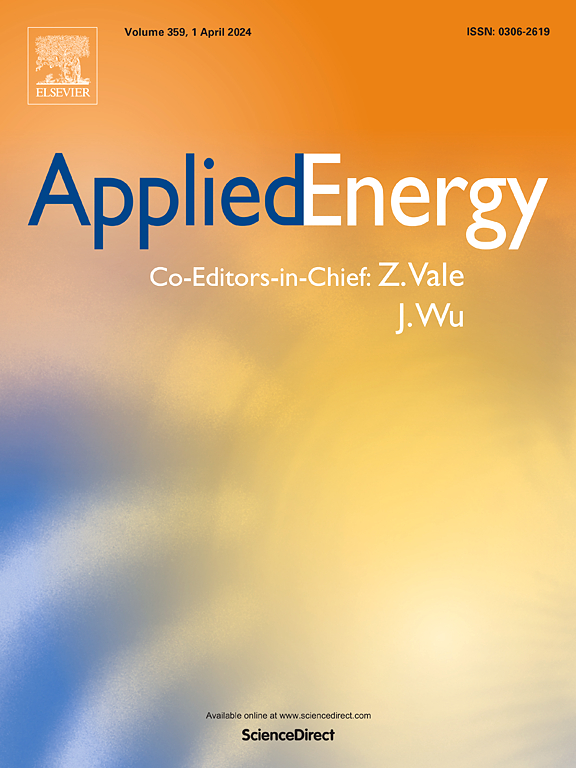Renewable hydrogen and ammonia production: Location-specific considerations and competitive market dynamics in Europe
IF 10.1
1区 工程技术
Q1 ENERGY & FUELS
引用次数: 0
Abstract
The transition to clean energy in Europe is closely tied to the viability of renewable and low-carbon hydrogen and ammonia production. However, many hydrogen projects remain in the conceptual and feasibility stages, with only a few advancing to the final investment decision, often constrained by the need to ensure profitability. This study presents a new modeling framework complemented by the European Union’s policy and regulatory environment, assessing the cost-effectiveness of hydrogen and ammonia production. Our analysis reveals that incorporating technical constraints such as minimum part-load leads to a 4 % variation in the estimated levelized cost of ammonia. Through a comparative evaluation of European port locations investing in onsite assets, we identify weather uncertainty and renewable energy potential as the most critical factors influencing cost-effectiveness, followed by local financing terms. Business models that capitalize on advantageous power purchase agreements, frequent access to low-cost electricity through grid sourcing, low grid emissions, and favorable network tariff structures can significantly enhance their competitive edge. Our findings underscore the importance of policies that leverage locational advantages, suggesting that Europe’s clean energy transition can be accelerated by tailored support strategies that exploit regional strengths. This research contributes to ongoing discussions on renewable fuel production, hydrogen modeling, and the intersection of policy and regulation.
可再生氢和氨生产:欧洲特定地点的考虑和竞争市场动态
欧洲向清洁能源的过渡与可再生能源和低碳氢气和氨生产的可行性密切相关。然而,许多氢项目仍处于概念和可行性阶段,只有少数项目进入了最终的投资决策,通常受到确保盈利能力的需要的限制。本研究提出了一个新的模型框架,辅以欧盟的政策和监管环境,评估氢和氨生产的成本效益。我们的分析表明,纳入技术限制,如最小部分负荷导致4 %的变化在估计的氨平准化成本。通过对投资于现场资产的欧洲港口地点的比较评估,我们确定天气不确定性和可再生能源潜力是影响成本效益的最关键因素,其次是当地融资条件。利用有利的电力购买协议、通过电网采购频繁获得低成本电力、低电网排放和有利的网络电价结构的商业模式可以显著增强它们的竞争优势。我们的研究结果强调了利用区位优势的政策的重要性,表明欧洲的清洁能源转型可以通过利用区域优势的量身定制的支持战略来加速。这项研究有助于对可再生燃料生产、氢模型以及政策和法规的交叉进行讨论。
本文章由计算机程序翻译,如有差异,请以英文原文为准。
求助全文
约1分钟内获得全文
求助全文
来源期刊

Applied Energy
工程技术-工程:化工
CiteScore
21.20
自引率
10.70%
发文量
1830
审稿时长
41 days
期刊介绍:
Applied Energy serves as a platform for sharing innovations, research, development, and demonstrations in energy conversion, conservation, and sustainable energy systems. The journal covers topics such as optimal energy resource use, environmental pollutant mitigation, and energy process analysis. It welcomes original papers, review articles, technical notes, and letters to the editor. Authors are encouraged to submit manuscripts that bridge the gap between research, development, and implementation. The journal addresses a wide spectrum of topics, including fossil and renewable energy technologies, energy economics, and environmental impacts. Applied Energy also explores modeling and forecasting, conservation strategies, and the social and economic implications of energy policies, including climate change mitigation. It is complemented by the open-access journal Advances in Applied Energy.
 求助内容:
求助内容: 应助结果提醒方式:
应助结果提醒方式:


